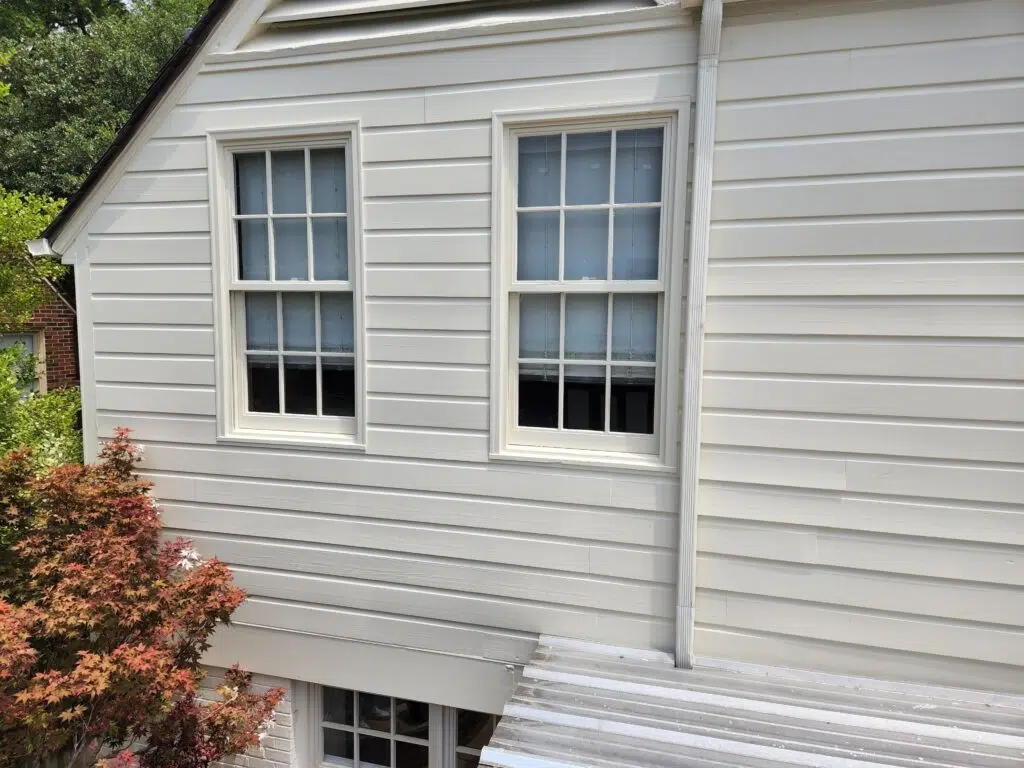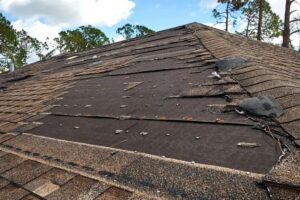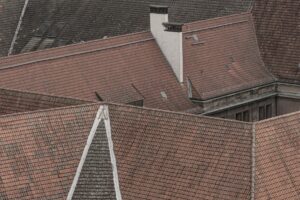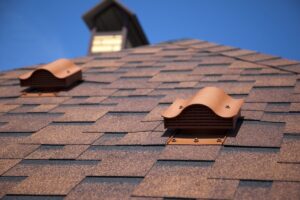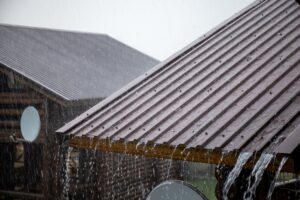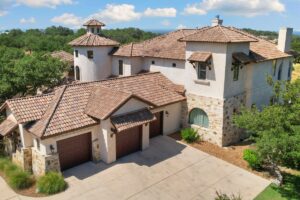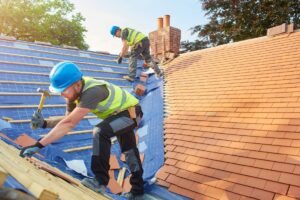Siding not only offers protective elements to your home but can also create a more appealing look, thus resulting in a higher resale value. According to the 2021 Cost vs. Value report, replacing old siding could give you up to a 70% return on investment. Not to mention, adding insulated siding is an efficient way to save money in the long term and keep monthly energy bills low.
There are a variety of siding options available for houses, each with its own set of advantages and costs. Furthermore, replacing your siding is an excellent idea right now because there have been advancements in vinyl and fiber cement siding. These types of siding allow you to mimic the more expensive look of stone, brick, or cedar shake without having to pay extra money for it.
GreenLight Roofing and Remodeling is an expert in home siding, and we’re here to help you make the best decision for your next home improvement project.
Most Common Types of Siding to Consider in Your Home
Before you hire a siding contractor, get familiar with some of the differences between types of siding and the pros and cons of each.
Vinyl Siding
Pros: Vinyl siding is one of the most popular types of siding on the market today, and it’s easy to see why. Vinyl siding is relatively inexpensive, it’s easy to maintain and comes in a wide variety of colors and styles. Plus, vinyl siding is durable and can last for many years with proper care.
One of the biggest advantages of vinyl siding is that it’s easy to install. In most cases, vinyl siding can be installed by a do-it-yourselfer with little experience. However, if you’re not confident in your ability to install the siding yourself, then you can always hire a professional contractor to do the job for you.
Another advantage of vinyl siding is that it’s easy to clean. Unlike other types of siding, vinyl siding doesn’t require any special cleaners or treatments. You can simply use a garden hose and some mild soap to keep your vinyl siding looking new.
Cons: However, there are a few disadvantages to vinyl siding as well. One of the biggest disadvantages is that vinyl siding can fade over time. If you live in an area with a lot of sunlight, then your vinyl siding may start to look faded after just a few years. Additionally, vinyl siding is not as durable as some other types of siding, so it may need to be replaced more often.
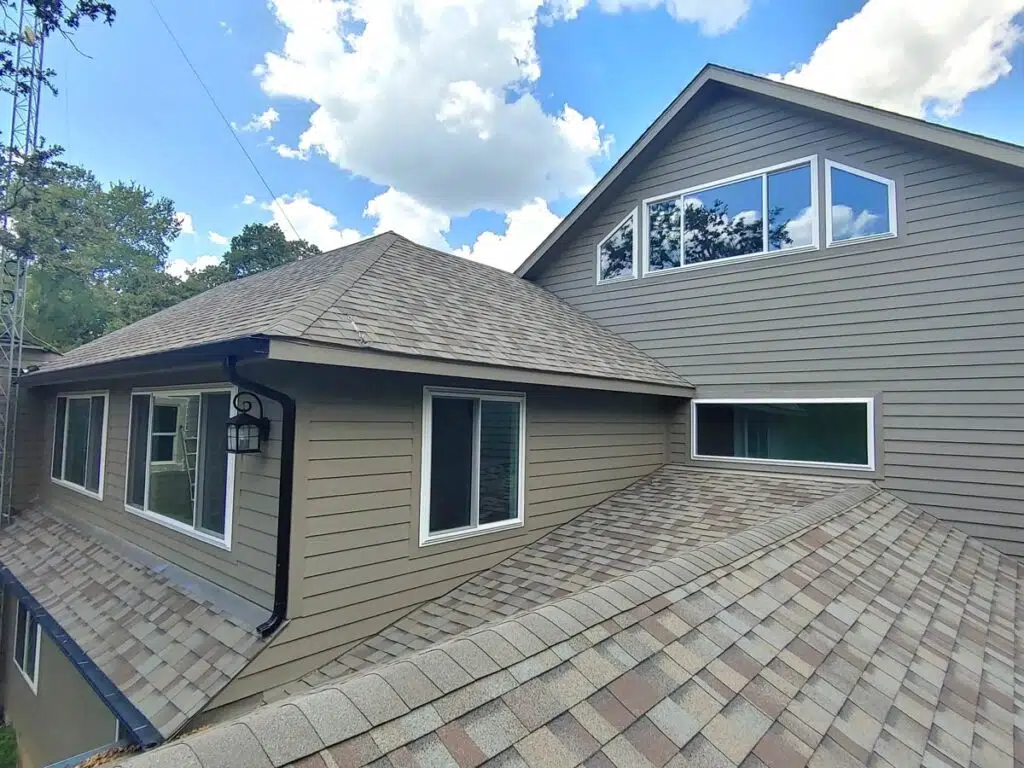
Wood Siding
Pros: Another house siding option is wood siding. It’s very durable and can last for many years if it’s properly cared for. Additionally, wood siding can add a natural look to your home that vinyl siding can’t match.
You can easily replace a damaged piece of wood siding without having to replace the entire section. Additionally, if you paint your wood siding, you can easily change the color of your home’s exterior.
Cons: One of the biggest disadvantages is that wood siding is more expensive than vinyl siding. Additionally, wood siding requires more maintenance than vinyl siding. You’ll need to paint or stain your wood siding every few years to keep it looking its best.
Fiber Cement Siding
Pros: Fiber cement siding is very durable and can last for many years. Additionally, fiber cement siding is fire-resistant and termite-resistant, making it a great choice for homes in areas that are prone to these pests.
However, if you’re not confident in your ability to install the siding yourself, then you can always hire a professional contractor to do the job for you.
Another advantage of fiber cement siding is that it’s easy to maintain. Unlike other types of siding, fiber cement siding doesn’t require any special cleaners or treatments. You can simply use a garden hose and some mild soap to keep your fiber cement siding looking new.
Cons: Fiber cement siding can be very heavy, so it may require special supports to be installed. Additionally, fiber cement siding is not as durable as some other types of siding, so it may need to be replaced more often.
Brick Siding
Pros: Brick siding is very durable and can last for many years. Additionally, brick siding is fire-resistant and termite-resistant, making it a great choice for homes in areas that are prone to these pests.
Another advantage of brick siding is that it’s easy to maintain. Unlike other types of siding, brick siding doesn’t require any special cleaners or treatments. You can simply use a garden hose and some mild soap to keep your brick siding looking new.
Cons: Brick siding is very heavy, so it may require special support to be installed. Additionally, brick siding is not as durable as some other types of siding, so it may need to be replaced more often.
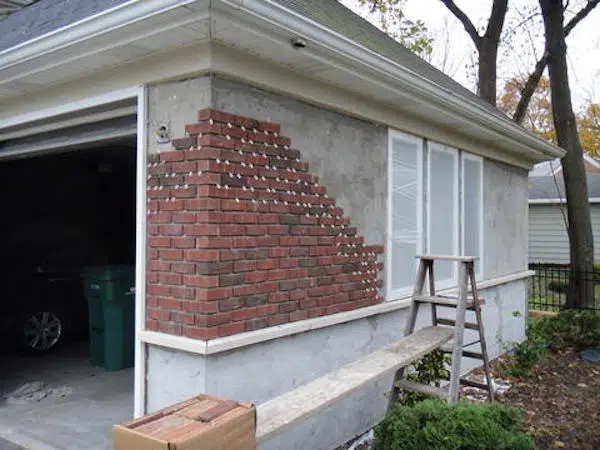
Stucco Siding
Pros: Stucco siding is very durable and can last for many years. Additionally, stucco siding is fire-resistant and termite-resistant, making it a great choice for homes in areas that are prone to these pests.
Another advantage of stucco siding is that it’s easy to maintain. Unlike other types of siding, stucco siding doesn’t require any special cleaners or treatments. You can simply use a garden hose and some mild soap to keep your stucco siding looking new.
Cons: Stucco siding is very heavy, so it may require special support to be installed. Additionally, stucco siding is not as durable as some other types of siding, so it may need to be replaced more often.
Stone Siding
Pros: Stone siding is very durable and can last for many years. Additionally, stone siding is fire-resistant and termite-resistant, making it a great choice for homes in areas that are prone to these pests.
Another advantage of stone siding is that it’s easy to maintain. Unlike other types of siding, stone siding doesn’t require any special cleaners or treatments. You can simply use a garden hose and some mild soap to keep your stone siding looking new.
Cons: Stone siding is very heavy, so it may require special support to be installed. Additionally, stone siding is not as durable as some other types of siding, so it may need to be replaced more often.
Wood Siding
Pros: Wood siding is very durable and can last for many years. Additionally, wood siding is fire-resistant and termite resistant, making it a great choice for homes in areas that are prone to these pests.
Another advantage of wood siding is that it’s easy to maintain. Unlike other types of siding, wood siding doesn’t require any special cleaners or treatments. You can simply use a garden hose and some mild soap to keep your wood siding looking new.
Cons: Wood siding is not as durable as some other types of siding, so it may need to be replaced more often. Additionally, wood siding is susceptible to rot and mold, so it’s important to make sure that your wood siding is properly sealed and protected from the elements.
So, what type of siding is best for your home? That depends on your needs and preferences. If you’re not sure which option is right for you, don’t worry! We can help you choose the perfect type of siding and take care of the installation.

How do you know which type of siding is best for your home?
It depends on a lot of factors, including your budget, the climate you live in, and the look you’re going for. Let’s take a closer look at each of these factors:
Budget:
There are many different types of siding available, from the very affordable to the very expensive. The type of siding you choose should be based on your budget and the needs of your home.
Climate:
The climate you live in will also play a role in the type of house siding you choose. If you live in an area with extreme weather conditions, you’ll want to choose a type of siding that can withstand those conditions.
Look:
The look of your home is another important factor to consider. You’ll want to choose a type of siding that compliments the style of your home.
There are many different types of siding for houses on the market today, so it’s important to do your research and find the one that’s right for you. With so many factors to consider, it’s not always an easy decision. But if you take the time to weigh your options, you’ll be sure to find the perfect type of siding for your home.
How much does it cost to install new siding on a house?
The cost of new siding installations depends on a number of factors, including the size of your home, the type of siding you choose, and the complexity of the installation. To get an accurate estimate of the cost, be sure to consult with a professional contractor.
How long does it take to install new siding on a house?
The time it takes to install new siding depends on the size of your home and the type of siding you choose. Generally, it takes between two and four days to complete a siding installation. However, more complex installations may take longer.
Conclusion
New siding can give your home a fresh, new look. It can also improve the energy efficiency of your home and protect it from the elements. If you’re considering new siding for your home, be sure to weigh the benefits and drawbacks of each type of siding before making a decision.
Now that you know the most common types of siding, you can decide which type is best for your home. Each type of installation has its own benefits, so it’s important to choose the one that will work best for your needs. Siding installation is a big project, but it can also be a great way to improve the look and feel of your home. If you’re interested in installing new siding on your house, be sure to contact us at GreenLight Roofing and Remodeling at (817) 263-6088 for more information. We would be happy to help you get started on this exciting project!

